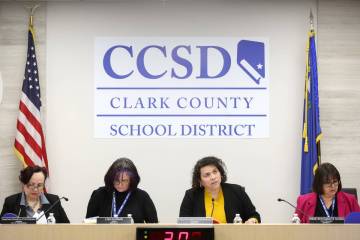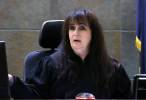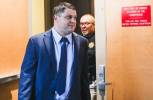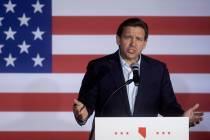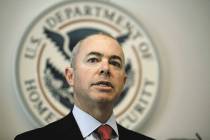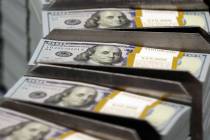EDITORIAL: Wildfires reduce solar power output
When its residents need power most, California’s electrical grid is less and less likely to provide it. Thank the combined effects of green energy and forest mismanagement.
In August, California experienced rolling blackouts for the first time in two decades. The state simply ran out of energy. Hundreds of thousands of people lost electricity during an intense heat wave.
Over Labor Day weekend, the California Independent System Operator, which runs most of the state’s wholesale power grid, begged residents not to use too much electricity from 3 to 9 p.m. “Set A/C thermostats to 78 degrees, avoid using large appliances (and) close drapes and blinds,” it advised.
Running out of electricity shouldn’t be anyone’s idea of progress. California has the technological capacity to produce abundant power, but it lacks the political will.
In 2018, California increased its Renewable Portfolio Standard to 60 percent by 2030 and 100 percent by 2045. That’s how much power must be produced by renewable energy. Unfortunately, reality keeps getting in the way of California’s green dreams. While solar power production peaks in the midday, demand for power peaks in the evening when the sun is going down. Wind power evaporates when the wind doesn’t blow. That’s why California ISO needed residents to preserve power until 9 p.m.
The obvious solution is battery storage, but that is both very expensive and a technological work in progress. It’s possible that large-scale battery power will someday be economically feasible. If it ever is, the government won’t need to impose a mandate to get people to use it. If it isn’t, California will need to continue to rely on traditional power plants, such as natural gas and nuclear, that can produce electricity on demand and throughout the day. The latter is reality given today’s technology.
California’s out-of-control wildfires present another challenge for solar energy. In early September, smoke from wildfires clouded the skies in much of the state. The smoke didn’t just make it harder to breathe. It reduced solar power by one-third. California had to scramble to import power from other states.
California officials are finally recognizing that there’s a need to reduce the buildup of dead plants and timber fueling these explosive fires. In late August, Mr. Newsom’s inked a deal with the federal government to thin out vegetation on millions of acres over the next few years. The plan includes controlled burns.
That’s a good step, but it will take years to see its full impact. Until then, expect smoke to threaten air quality and California’s ability to keep the lights on.







